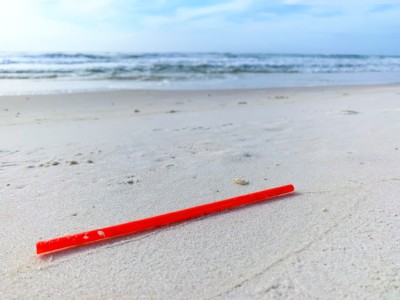 Can you imagine a floating island of trash that covers an area twice the size of Texas? While it isn’t actually an island, the Great Pacific garbage patch is a large system of ocean currents containing marine debris particles in the central north Pacific Ocean. These particles of plastics and floating trash contain an estimated 87,000 metric tons of plastic. Wow!
Can you imagine a floating island of trash that covers an area twice the size of Texas? While it isn’t actually an island, the Great Pacific garbage patch is a large system of ocean currents containing marine debris particles in the central north Pacific Ocean. These particles of plastics and floating trash contain an estimated 87,000 metric tons of plastic. Wow!
Here on the Gulf of Mexico we aren’t dealing with a problem as massive as the Pacific. But we do have marine debris and the consequences are detrimental to our coastal habitat. Marine debris damages habitat, injures and kills wildlife, causes navigation hazards and can impair vessels.
Trash and debris that covers our beaches and clogs our waterways comes from numerous sources, including storm drains and sewers as well as people enjoying our beaches and recreational water activities. Derelict fishing gear and abandoned recreational equipment also litter our beaches, marinas, waterways and estuaries.
It is up to us to combat this growing threat. The easiest way is to dispose of your trash properly before it has a chance to become marine debris. Most public areas are equipped with trash receptacles. If you are on the water or in a secluded place, bring trash bags so you can take your refuse out with you. It’s that simple to do your part.
There are many ways you can help in the fight against marine debris. For some ideas, visit our website. And always remember to Leave Only Footprints on our coast.

